New funding models required for science and engineering research: report
Report offers guide for ongoing discussions as NSERC embarks on strategic 2030 planning.

Science and engineering research in Canada will require new and innovative funding approaches to adapt to a rapidly changing world, a new report suggests.
Canadian researchers face an increasingly competitive environment for limited public resources. This not only discourages young researchers, it reduces incentives for blue sky innovations and international collaborations needed to meet challenges like COVID-19, according to a report released Tuesday by the Council of Canadian Academies.
“Once you are in a hyper-competitive environment, you are looking for safe havens,” said Shirley Tilghman, who chaired the eight-person expert panel exploring the issue. “The worry is that really high-risk, high-reward science was being discouraged.”
A Canadian-born molecular biologist and former president of Princeton University, Dr. Tilghman led the expert panel exploring research funding practices around the world and their potential application to the Canadian context. Their 117-page report, Powering Discovery, offers a wide range of successful and promising practices.
Segmenting awards by career stage and targeting funding, for instance, could help establish a diversity of early career researchers and support them as they continue. Long-term funding and double-blind reviews could foster high-risk and collaborative research.
The impact of COVID-19
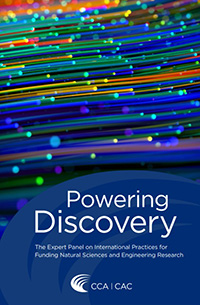 Although commissioned by the Natural Sciences and Engineering Research Council of Canada (NSERC) before the global pandemic, the report was inevitably shaped by one of the most tumultuous years in the history of scientific research.
Although commissioned by the Natural Sciences and Engineering Research Council of Canada (NSERC) before the global pandemic, the report was inevitably shaped by one of the most tumultuous years in the history of scientific research.
“The pandemic is going to leave a considerable mark on the scientific enterprise,” Dr. Tilghman said. “People learned how easy it is to bypass the journals and get their results out into the public domain when it is important to do so.”
The response to COVID-19 was revelatory beyond the “open-access explosion,” Dr. Tilghman says. Teamwork and international collaboration trumped the traditional emphasis on individual accomplishment along a tenure track. Funding agencies were forced to be nimble and move money quickly. And the biggest breakthroughs were built on decades of curiosity-driven bench science that had had little obvious payoff at the time.
The lauded mRNA vaccines produced by Pfizer and Moderna, for example, owe much to Katalin Karikó, a long-time University of Pennsylvania researcher who struggled for decades to secure funding. Both vaccines were designed within hours of the genetic sequence of COVID-19 being shared by Chinese researchers.
To foster tomorrow’s breakthroughs, it is crucial that some fraction of public funding continues to go towards breaking completely new ground, Dr. Tilghman said, rather than just the pressing needs of the moment.
“Practically every funding agency we talked to is eager to identify and fund high-risk, high-reward science,” said Dr. Tilghman. “You can’t do high-risk, high-reward science on the fly and you can’t do it on the cheap.”
The Canadian context
While Dr. Tilghman has spent her career in the United States, she has kept an eye on the Canadian context and how research is funded. Canada’s research community is notoriously dominated by universities, lacking the massive private sector investment and philanthropic agencies south of the border and in other countries. Yet it shares many of the challenges in launching the careers of young researchers from a variety of backgrounds.
To ensure Canada maintains a diverse and resilient scientific workforce, Dr. Tilghman said there is a need for experimentation and flexibility. Alternative funding practices, such as a partial lottery after an initial screening of potential applications, might reduce the unconscious bias inherent in a highly adjudicated grant process that picks the precise winners.
“This could be bias against gender, ethnicity or small institution versus the famous large institution,” Dr. Tilghman said. “A lottery might actually reduce the number of those biases creeping in, in addition to reducing the amount of work that goes into making these almost impossible distinctions.”
The CCA report offers no recommendations and is not intended as an analysis of existing research funding, but rather serves as a tool for informing policy decisions. NSERC commissioned the report as part of its strategic 2030 planning.
“We kind of think of this as kind of step zero,” said Alejandro Adem, a University of British Columbia mathematics professor, and president of NSERC. “The investments have to be strategic, we have to engage well and share information.”
In the coming months, NSERC will undergo consultations through surveys, discussion papers, workshops and interviews with academic leaders and administrators across Canada. A more formalized strategic plan is expected early next year.
Dr. Adem said that the report offers a rich and helpful guide for ongoing discussions about the unique funding formula tailored to the Canadian context. And while the past year has shown the value of science, Dr. Adem notes that there are bigger crises like climate change looming on the horizon.
NSERC has an important role in training thousands of Canadians, many who work outside of the confines of higher education. Measuring success is always a complex and evolving challenge, Dr. Adem said, but one that is crucial for the future of Canadian research.
“Canada has some remarkable scientists and engineers,” Dr. Adem said. “We want to make sure we keep that, improve that, and move ahead.”
Featured Jobs
- Engineering - Assistant or Associate Professor (Robotics & AI)University of Alberta
- Sociology - Tenure-Track Position (Crime and Community)Brandon University
- Architecture - Assistant Professor (environmental humanities and design)McGill University
- Medicine - Associate or Full Professor Professor (Kidney Health)Université de Montréal
- Finance - Faculty PositionUniversity of Alberta




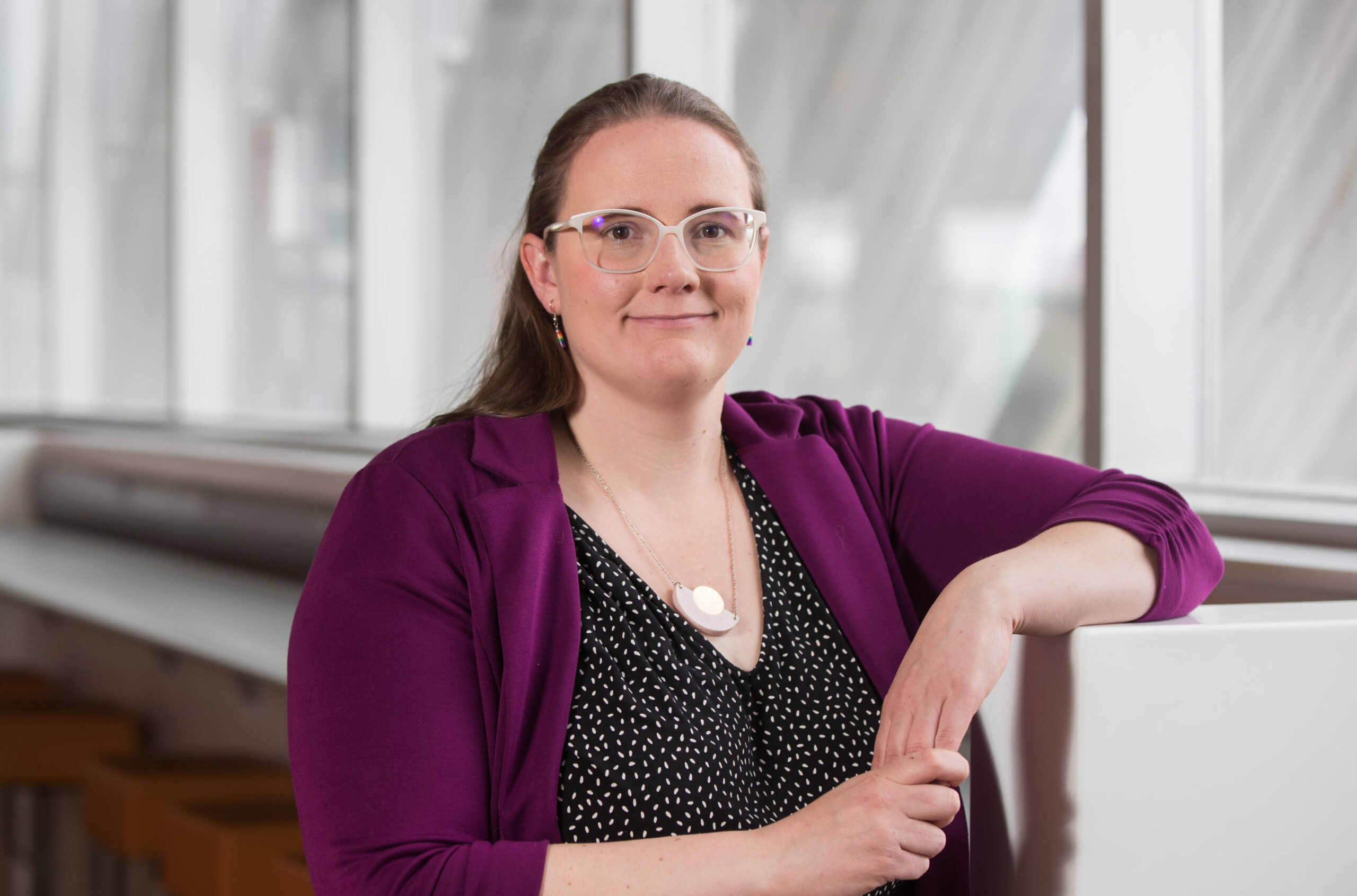




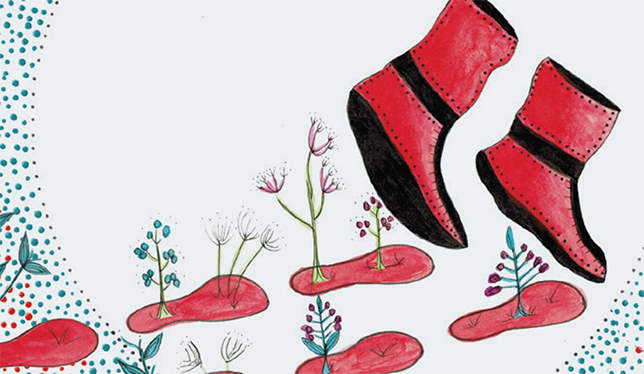

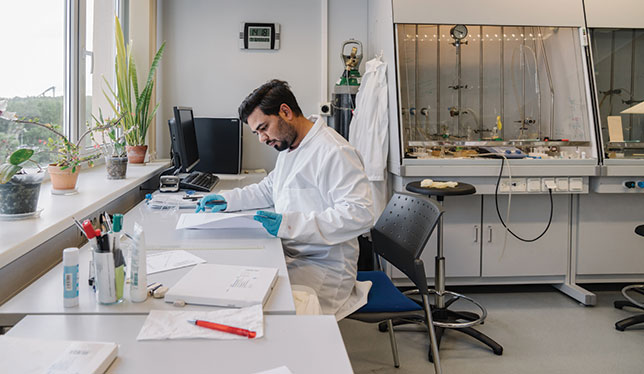

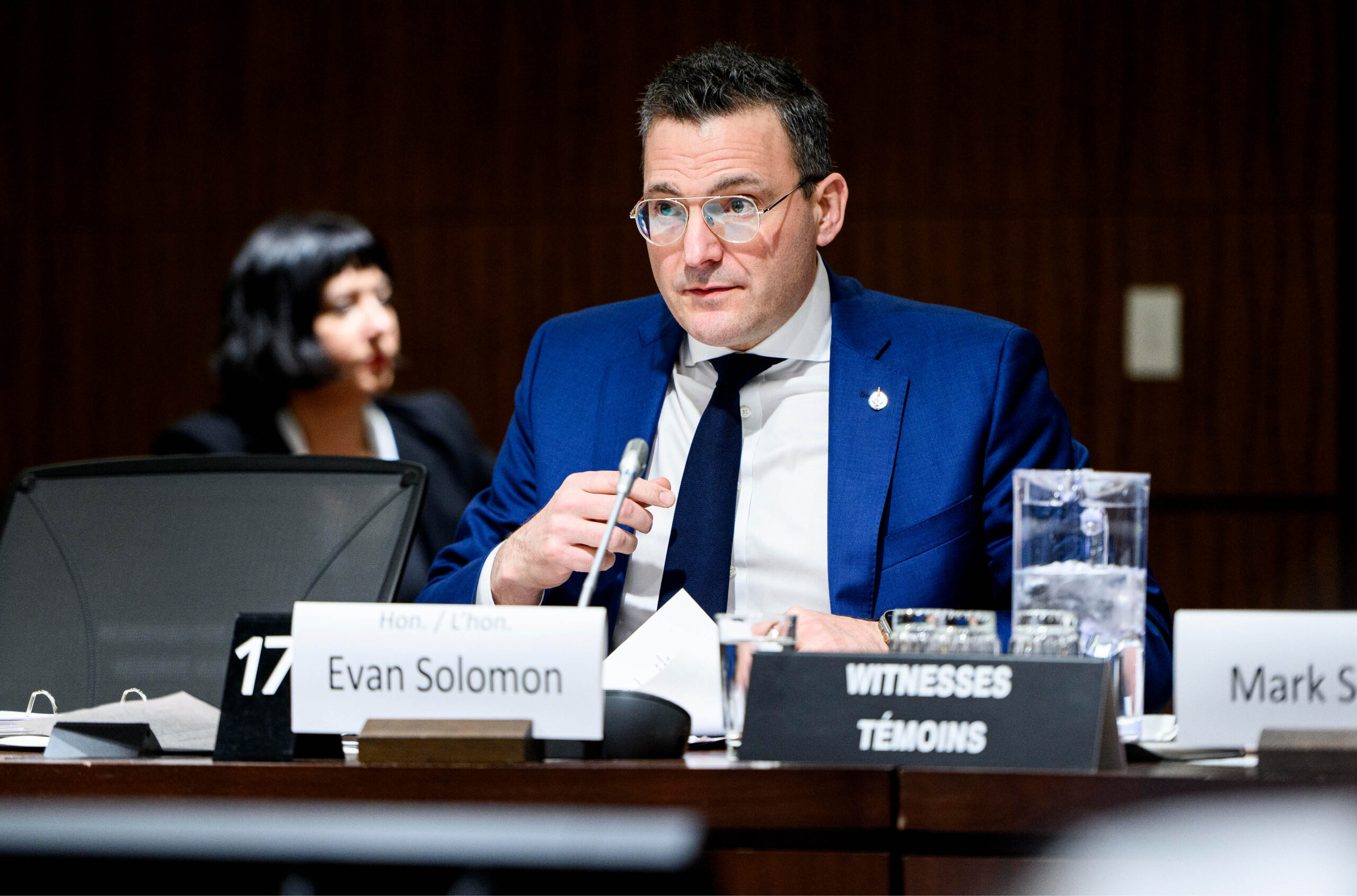


Post a comment
University Affairs moderates all comments according to the following guidelines. If approved, comments generally appear within one business day. We may republish particularly insightful remarks in our print edition or elsewhere.
1 Comments
A great report that mentions some frequent struggles. I hope NSERC will post the link of their upcoming survey at University Affairs instead of just sending it to academic leaders and administrators. We early-career scientists also hope to have a voice in this process.